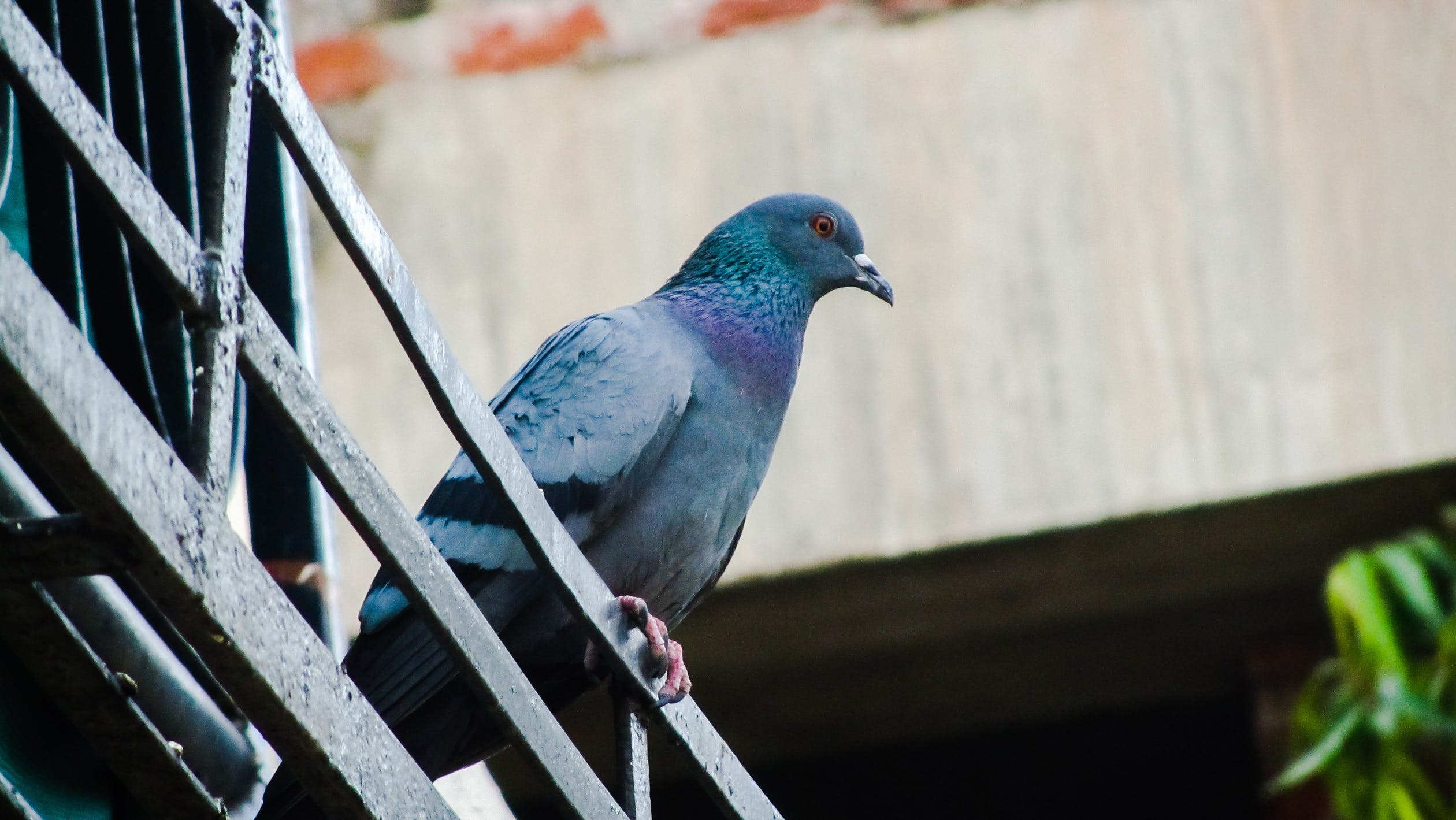Birds such as pigeons, seagulls and starlings can cause a variety of issues for businesses when they roost or nest on commercial buildings. Therefore, implementing a bird control plan becomes essential to protect employees, customers and property.
Firstly, Exclude Access to Roosting Areas
Blocking birds from gaining access to ledges and overhangs where they like to perch represents a crucial first step. Install wire mesh, spike strips or porcupine wires on surfaces that attract birds. Close off any openings larger than 1.5 inches to prevent nest building. Cover wall cavities, HVAC vents and pipe chases that offer birds secluded areas. Excluding access points makes commercial properties less appealing roosting sites.
Then, Remove Existing Nests and Eggs
Remove any nests or eggs found on buildings to discourage birds from returning. Do so outside of breeding seasons to avoid disturbing young birds still reliant on parents. Dispose of removed nests properly to prevent them from being reused. Regular inspections locate new nests before they become established and attract more birds. Ongoing nest removal signals to birds that the property does not offer safe nesting sites.
Furthermore, Deploy Visual Deterrents
Products like bird spikes, nets, flashing tape and effigies provide visual cues that deter birds without harming them. Install these deterrents on ledges, signs and flat surfaces where birds congregate the most. Maintain visual deterrents consistently to maximize their effectiveness. Replace damaged products promptly to avoid gaps that allow birds back onto the property. Though not a permanent solution by themselves, visual deterrents effectively supplement other exclusion and removal efforts.
In addition, Utilize Audible Devices
Noisy, high-frequency audio devices like ultrasonic emitters, bird callers and propane cannons force birds to leave an area due to the disruption. Place these devices strategically at roost sites and entry points to your property. Set units to cover a wide perimeter while avoiding disturbance to neighboring areas. Auditory deterrents work best when used in conjunction with visual deterrents for added impact. However, some find the loud noises unpleasant.
Lastly, Seek Professional Assistance If Needed
For severe infestations or difficult-to-reach areas, hire a licensed bird control company. Professionals stay up-to-date on the most effective and humane exclusion methods and products. They can implement comprehensive programs tailored specifically for your commercial property’s layout and bird activity levels. For the hardest-to-manage situations, assistance from experienced contractors provides the highest likelihood of long-term success.
In summary, a multi-pronged approach combining exclusion, removal, deterrence and professional assistance when necessary delivers the most reliable results for mitigating birds on commercial properties. Consistently implementing and maintaining multiple control strategies helps minimize risks and nuisance issues caused by unwelcome avian guests.

